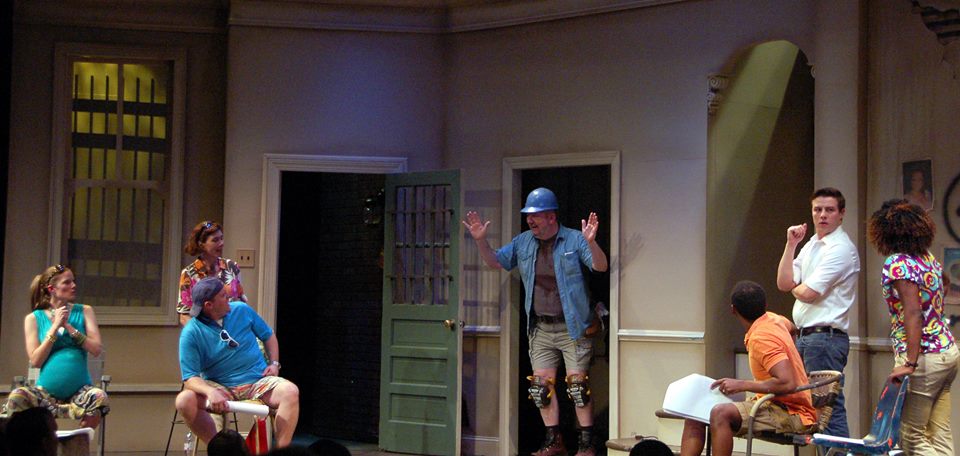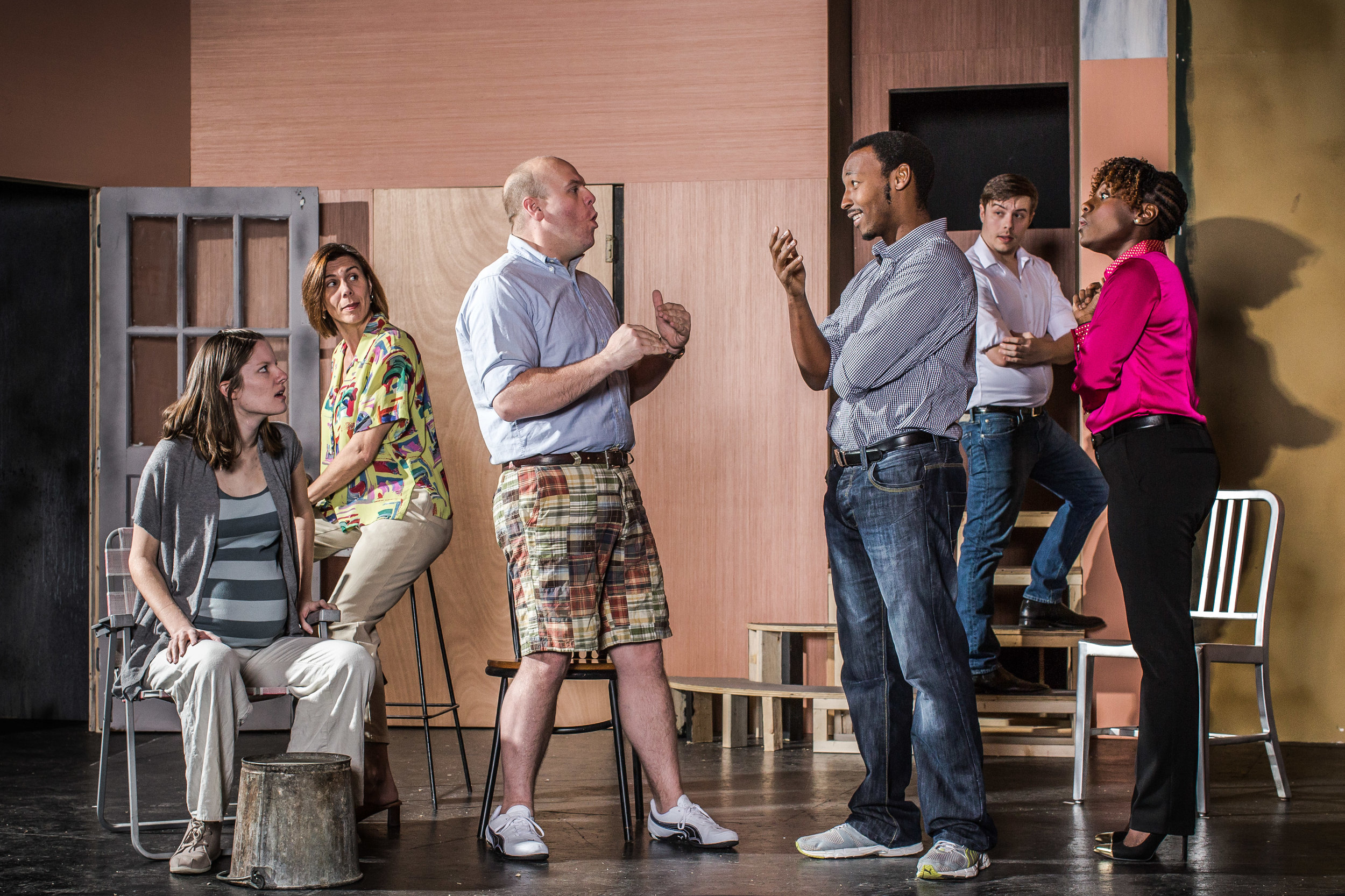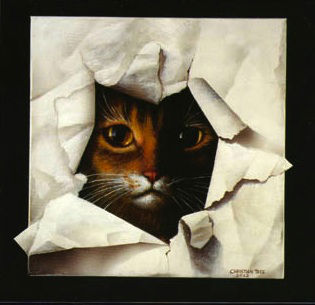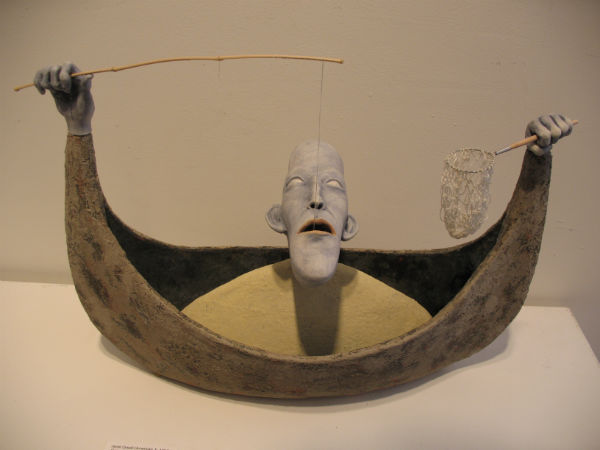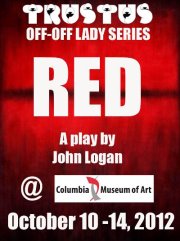Sometimes a community has to rise to the needs of its members and, for us, that time is now.
Trompe l’oeil artist Christian Thee needs his community’s help to stay in the home he so lovingly created for himself and his late partner, Bruce. Through a series of events involving a reverse mortgage and more, Chris’s claim to his own home has been severely compromised. His dearest friends find themselves in a situation they had hoped to avoid — reaching out to the community to ask for financial help.
This morning, I spoke to Joey Vazquez, one of Chris’s closest friends and the host of the GoFundMe campaign we’re asking you to support, to get the full story. Joey shared this information with me and agreed that full transparency about the situation is best. This is what Joey wrote,
“Earlier this year Chris was served papers that the bank who now owns his mortgage would be foreclosing on him, and that he would ultimately be evicted. In that time we have been working on solutions to stay the order, trying to find government assistance programing for seniors in their homes, living facilities, etc.
When Christian's partner Bruce passed in 2014 Christian was left with the burden of their expenses, and to now have to be the "bread-winner". Christian had at that point "retired" as Bruce was the financial means for the couple employed as a realtor. Chris faced uncertainty. So, with bills mounting he signed up for a reverse mortgage. Which, later on we find out is a predatory practice focused on seniors in this type of position. The upfront "benefit" is that they can get a quick sum of money from the equity in their home, and live without a mortgage payment. The stipulation is that the "borrower" in a reverse mortgage pays the taxes and insurance yearly. Upon their death or any other transfer the house reverts back to the bank.
The $26k being asked for on the GoFundMe will satisfy the $25,457 in back taxes/insurance that will reinstate the mortgage that will keep Christian in the home.
A close friend of Christian's put us in contact with a lawyer who has been working on aiding us through this process. Chris's case is sitting in Common Pleas Court. Because it’s a foreclosure, it needs to be moved to the Master-In-Equity. There is a Roster Meeting on Monday, September 12 to set cases for trial that week on the Common Pleas docket. Our lawyer and opposing counsel will likely agree to refer the case to Judge Strickland, the Master-In-Equity. Once it arrives in the Master’s office we will wait again to be put on the roster for the final hearing.”
Joey also reminded me that since Christina and Bruce were not married, Christian did not receive any survivor compensation after his death.
Jasper will continue to stay in touch with Chris’s amazing friends and keep readers up-to-date.
But now it’s time for all of us to do our part to get Chris to that $26K mark to improve his chances of staying in his incredible home. If you can’t afford to donate, then thank you for sharing this message and the link to Chris’s GoFundMe Campaign.
Do this for Chris. Do it for Bruce, who so generously gave of himself especially to the Nickelodeon. And Do it for our community.














